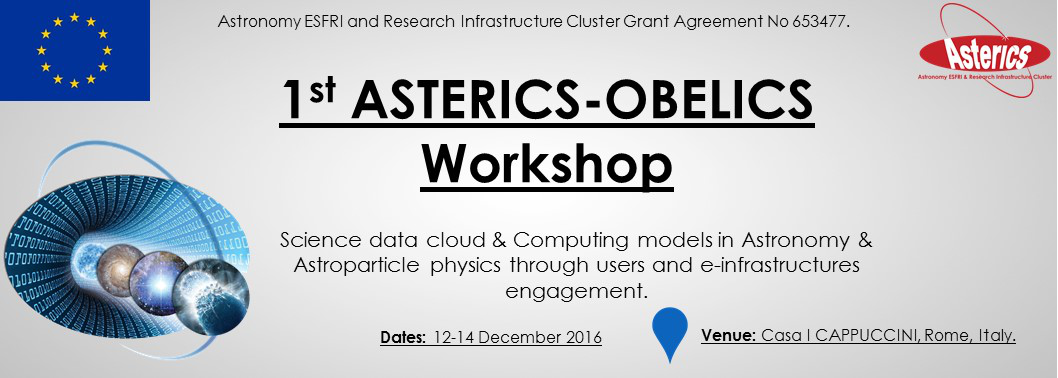Speaker
Dr
Marc Sauvage
(Euclid Science Ground Segment Scientist, Head of the star formation and interstellar medium group (LFEMI) at SAp.)
Description
The Euclid Mission is the second medium-class mission of the European Space Agency’s Cosmic Vision program. Scheduled for a launch in late 2020, it will survey the sky between the Galactic and Ecliptic planes in order to map the time-evolution of the Dark Matter distribution and to elucidate the nature of Dark Energy.
To do so, it carries two instruments performing three simultaneous surveys covering 15000 square degrees of sky. VIS is a half-gigapixel visible camera that will produce images of the extragalactic sky with a spatial resolution close to that of the Hubble Space Telescope. NISP is both an imager and a slitless spectrograph equipped with 16 2k by 2k near-infrared detectors. Together they will measure shapes and colors of more than a billion galaxies and produce spectra for 50 million objects that will be used for the main cosmological goals of Euclid. Legacy science also features high in Euclid’s program as we anticipate that its final catalog will contain of the order of 10 billion objects.
Furthermore, the cosmological goals of Euclid require that the space data be complemented by ground-based data, of photometric nature mostly, that cover the same area as the Euclid survey. Contrary to the space-based data, the ground-based data will be heterogeneous by nature, as it must be acquired by a variety of telescopes.
The acquisition, processing and scientific exploitation of the Euclid data are therefore a challenge both at the infrastructure level (the resources needed to gather, store and process data) and at the organizational level (orchestration and tracking of the complex data processing).
In this presentation, I will discuss how the Euclid Consortium, and more precisely the Science Ground Segment is building the system that will let the mission face the complexity of data handling, processing, and preservation, to ensure it can be efficiently exploited by scientist.

